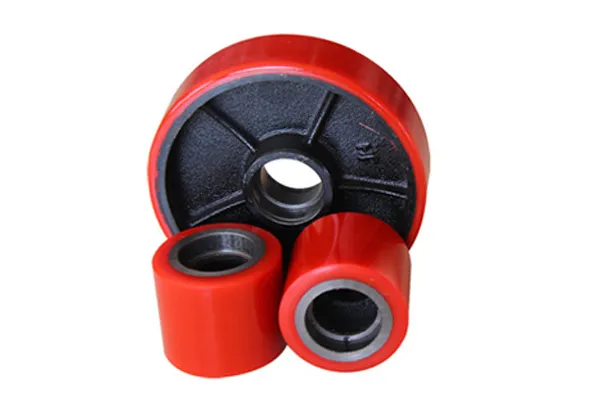


Industrial Fall Protection Equipment Ensuring Safety in the Workplace
In the industrial sector, safety is paramount. Among the various safety measures that organizations must consider, fall protection equipment stands out as one of the most crucial components. Falls are one of the leading causes of workplace injuries and fatalities, particularly in industries such as construction, manufacturing, and warehousing. Therefore, investing in high-quality fall protection equipment not only safeguards employees but also enhances productivity and ensures compliance with regulatory standards.
Understanding Fall Hazards
Before diving into the types of fall protection equipment, it’s essential to understand the common fall hazards present in industrial settings. These hazards can include unprotected edges, holes in the ground, scaffolding, ladders, and even elevated work platforms. The Occupational Safety and Health Administration (OSHA) reports that falls constitute a significant percentage of serious work-related injuries and deaths. Recognizing these risks is the first step toward implementing effective fall protection solutions.
Types of Fall Protection Equipment
1. Personal Fall Arrest Systems (PFAS) PFAS are designed to safely stop a person from falling and reduce the risk of injury. They typically consist of three main components an anchor point, a harness worn by the worker, and a lanyard connecting the harness to the anchor point. PFAS should be used when employees are working at heights of six feet or more in the construction industry, and at least four feet in general industry settings.
2. Guardrails and Handrails Installing guardrails around elevated platforms, scaffolding, and stairways is an effective way to prevent falls. These barriers should be constructed at a height of 42 inches, with a mid-rail at 21 inches to prevent objects from falling through. Handrails are also crucial for stairways and can provide additional support for workers navigating changes in elevation.
3. Safety Nets Safety nets are used primarily in construction settings to catch falling workers or objects. Positioned below elevated work areas, these nets not only help protect workers but can also minimize the risk of damage to equipment or materials below.
4. Ladders and Scaffolding Safety Using ladders and scaffolding properly is vital for preventing falls. Ladders should be inspected for stability and damage before use, while scaffolding must be erected and maintained according to safety standards. Additionally, proper training on the use of these structures can significantly reduce the risk of falls.

5. Fall Restraint Systems Unlike fall arrest systems, which stop a fall after it has occurred, fall restraint systems are designed to prevent a worker from reaching a fall hazard in the first place. These systems may include harnesses that are secured to an anchor point, ensuring workers remain at a safe distance from the edge of a roof or platform.
Training and Maintenance
The effectiveness of fall protection equipment is heavily reliant on proper training and maintenance. Employees must be educated on the correct use of fall protection devices, as well as the recognition of fall hazards in their work environment. Regular training sessions should be conducted to keep safety protocols fresh in the minds of workers.
Moreover, routine inspections and maintenance of fall protection equipment are essential. Harnesses, lanyards, and anchor points can wear out over time and may need to be replaced. Ensuring that all equipment meets safety standards and is in good working condition is vital in preventing accidents.
Regulatory Compliance
Organizations must also be aware of the legal requirements surrounding fall protection equipment. OSHA regulations dictate the necessary safety measures to be taken in various industrial settings. Non-compliance not only puts workers at risk but can also result in significant fines and penalties for employers.
Conclusion
In conclusion, industrial fall protection equipment is an indispensable aspect of workplace safety. By understanding the types of fall hazards present in their environments, implementing effective fall protection measures, and fostering a culture of safety through training and maintenance, organizations can significantly reduce the risk of fall-related injuries. Ultimately, investing in the right fall protection equipment is not just about compliance—it's about safeguarding the most valuable asset of any organization its workforce. Prioritizing safety today ensures that workers can return home safely to their families tomorrow.



